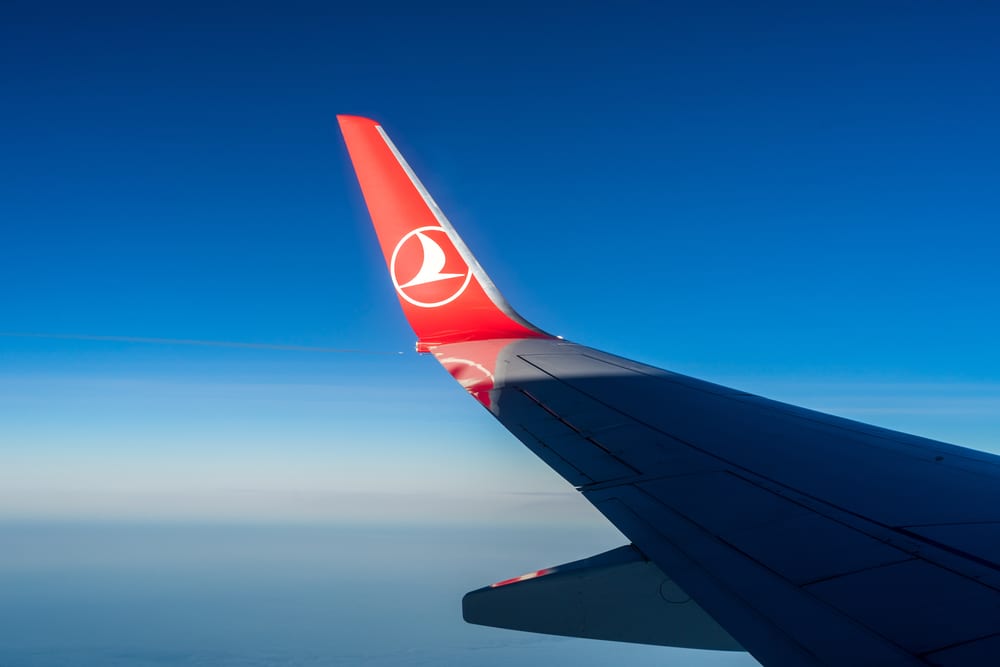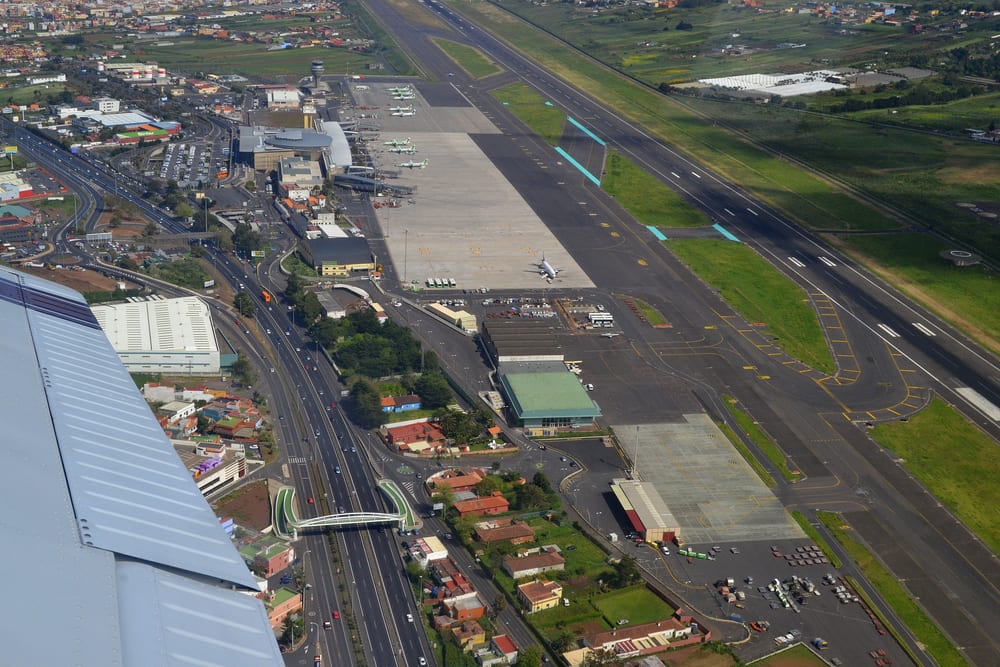Soaring high in a Concorde is extremely blissful and intact. The present complacence and convenience the airways provide did not come about with ease. There have been formidable flights and on the port mismanagement which brings about goosebumps at just the thought of them. These tragic incidents brought about a revolution in the aviation industry to ensure its passengers and crew of its safety and reliability. Let us not get those incidents fade away just at the wink of our eyes. Here’s a list of the world’s 10 deadliest such accidents that not only took away with them hundreds of innocent people but brought about an avant-garde change in the technical department, the construction of the aircrafts, the training that is imparted to the crew as well as ground officials and the ability of the people on board to deal with such mishaps.

10.Air New Zealand Flight 901 (1979)

Air New Zealand Flight 901 (TE-901) was a scheduled sightseeing flight. The flight usually left Auckland Airport in the morning and after flying for a few hours over the Antarctic continent, returned in the evening. On 28 November 1979, the fourteenth flight of TE-901 crashed into Mount Erebus killing all 237 passengers and 20 crew on board. The initial inquiry concluded the accident was caused by pilot error but public clamor led to the establishment of a Royal Commission of Inquiry. The commission concluded that the accident was caused due to a correction made on the coordinates of the flight path which was not informed to the crew of the change. The accident is New Zealand’s deadliest peacetime disaster.
9.Nigeria Airways Flight 2120 (1991)

The fight was a passenger flight from Jeddah, Saudi Arabia, to Sokoto, Nigeria on 11 July 1991. It crashed soon after takeoff from King Abdulaziz International Airport, taking the lives of all 247 passengers and 14 crew members aboard. Preceding the departure, the lead mechanic had observed that the No. 2 and No. 4 tyre’s pressures were less than the minimum standards and tried to inflate them, but nitrogen gas was not readily available, and the project manager, in no mood to accept a delay, overlooked the problem and readied the aircraft for the flight. People fell out of the aircraft when their seat harnesses burned through. It is the deadliest accident involving a DC-8.
8.China Airways Flight 140 (1994)

The flight was a regular passenger flight from Chiang Kai-shek International Airport, Taiwan to Nagoya Airport, Japan. The Airbus A300B4-622R was completing a routine flight on 26 April, 1994 when just before landing at Nagoya Airport, and the First Officer unwittingly pressed the Takeoff/Go T around button which raises the throttle position. The pilot and the co-pilot tried to correct the situation by manually curtailing the throttles however the autopilot acted counter to these inputs. With insufficient altitude to recover, the ensuing crash killed 264 of the 271 people on board. The crash was ascribed to crew error for their inefficiency to correct the controls as well as the airspeed.
7.American Airlines Flight 587 (2001)

American Airlines Flight 587 was a daily rhadamanthine passenger flight from John F. Kennedy International Airport in New York City to Santo Domingo’s Las Américas International Airport. The Airbus A300-600 flying the route crashed into the Belle Harbor shortly after takeoff on November 12, 2001. All 260 people on board were killed and so were five people on the ground. It is the second-deadliest flight mishap in New York State. The National Transportation Safety Board winded up the case with the statement that the cause of the crash was solely human error: extreme use of the rudder mechanism leading to mechanical failure and not any sort of terrorist attack which the people heard earlier of it to be.
6.American Airlines Flight 191 (1979)

The flight was a scheduled one from O’Hare International Airport in Chicago to Los Angeles International Airport. As the jet took off engine number one on the left wing separated and pitched over the top of the wing. The jetliner coiled to the left until it was partially inverted, and then crashed in an open field near the end of the runway. The engine separation was associated with faulty maintenance procedures at American Airlines. The investigation also disclosed other DC-10s with similar damage due to the inaccurate maintenance procedure. The aircraft has since then found a second career as a cargo airplane.
5.Saudia Arabian Flight 163 (1980)

The flight was a scheduled passenger flight of Saudia that entangled fire after takeoff from Riyadh Air Base on a flight to Jeddah, Saudi Arabia on Tuesday, 19 August 1980. All the passengers and the crew relinquished life after the aircraft made an emergency landing back at the airport. The crew got warnings of smoke in the plane’s aft cargo compartment, C3. When the fire warnings were confirmed the captain resolved to return to the base. The delayed fire rescue has been blamed on the captain’s late call for the same and since the plug type doors could not open in time the passengers and the crew could not come out. The reason for the fire remains a mystery since then.
4.Turkish Airlines Flight 981

The flight was a McDonnell Douglas DC-10 that disintegrated just outside Paris, France, on 3 March 1974, killing all 346 people on board. The crash happened when an improperly secured cargo door at the back of the plane broke off which detached the cables necessary to control the aircraft. Investigation revealed that the handles on the hatches could have been forced shut without the latching pins locking appropriately. It was also observed that the pins on the hatch had been filed down to make the door close easily which made the hatch less resistant to pressure. Besides this, a support plate for the handle linkage had not been installed, which was officially documented as complete. After this incident, the latches were refurbished and the locking system was advanced.
3.Charkhi Dadri Mid-Air Collision (1996)

The collision took place on 12 November 1996 over Charkhi Dadri village, which is situated to the west of New Delhi,India. The aircrafts involved were Saudi Arabian Airlines Boeing 747-100B from Delhi to Dhahran, Saudi Arabia, and Kazakhstan Airlines Ilyushin Il-76 Chimkent, Kazakhstan, to Delhi. The crash took the lives of all 349 people on both the planes, and even today stands as the world’s deadliest mid-air collision, as well as the deadliest aviation accident to occur in India. The collapse was probed upon by the Lahoti Commission, headed by then-Delhi High Court judge Ramesh Chandra Lahoti. The investigations determined that the Kazakh Il-76 commander was at fault for this debacle, who had descended from the assigned altitude of 15,000 to 14,500 feet and even lower. The report says that this error occurred on their part due to the lack of English language skills of the Kazakh aircraft pilots who were relying solely on their radio operator for communications with the ATC. When the pilot was finally communicated the mistake on his part and told to climb it did the same with full throttle and wrecked the approaching Saudi plane. A Gurgaon based company Miditech produced a documentary about the disaster called Head On!, which aired on the National Geographic Channel.
2.Japan Airlines Flight 123 (1985)

Japan Airlines Flight 12 was a scheduled indigenous passenger flight from Tokyo International Airport to Osaka International Airport. On Monday, August 12, 1985, a Boeing 747SR operating this route underwent explosive compression after 12 minutes into the flight and, 32 minutes after the incident, it crashed into Mount Takamagahara in Ueno. All 15 crew members and 505 of the 509 passengers on board passed away in this tragic incident. The official cause of the crash according to the reports is that the aircraft had a tail strike accident seven years before this incident which damaged its rear pressure bulkhead. The ensuing repair of the same was not according to the valid repair methods. This erroneous repair diminished the part’s resistance to metal fatigue to about 70%. The faulty repair would fail after 10,000 pressurization confirmed further investigations while the aircraft had astonishingly completed 12.318 flights from the time of repair. The flight controls got disabled due to fissure of the hydraulic systems and the aircraft became unmanageable.
1.Tenerife Airport Disaster (1977)

The mishap was a fatal runway collision among two Boeing 747s on Sunday, March 27, 1977 at Tenerife North Airport on the Spanish island of Tenerife. The crash witnessed a massive demise of 583 people, making it the deadliest accident in aviation history. A bomb explosion at one of the other airports made many flights to divert at the Tenerife North Airport. Due to this the air controllers had to make several aircrafts to park at the taxiway. A dense fog developed soon reducing the visibility. Neither of the aircrafts could see each other nor could the controller see the runway otherwise he would have communicated the same to the pilots. Due to several such misunderstandings one of the flights took off while the other was still on runway. Only 61 people could survive the disaster. This made many changes in the communication areas and brought about compulsions like CRM training for all pilots.
The aftermaths of the above incidents stand unique to each one. However, changes were made in the required fields and the erroneous areas were taken care of and the crew on ground as well as flight better trained for such mishaps. Some specialized training were made a must and the ground officials were told to be more careful before readying any flight for the takeoff.
